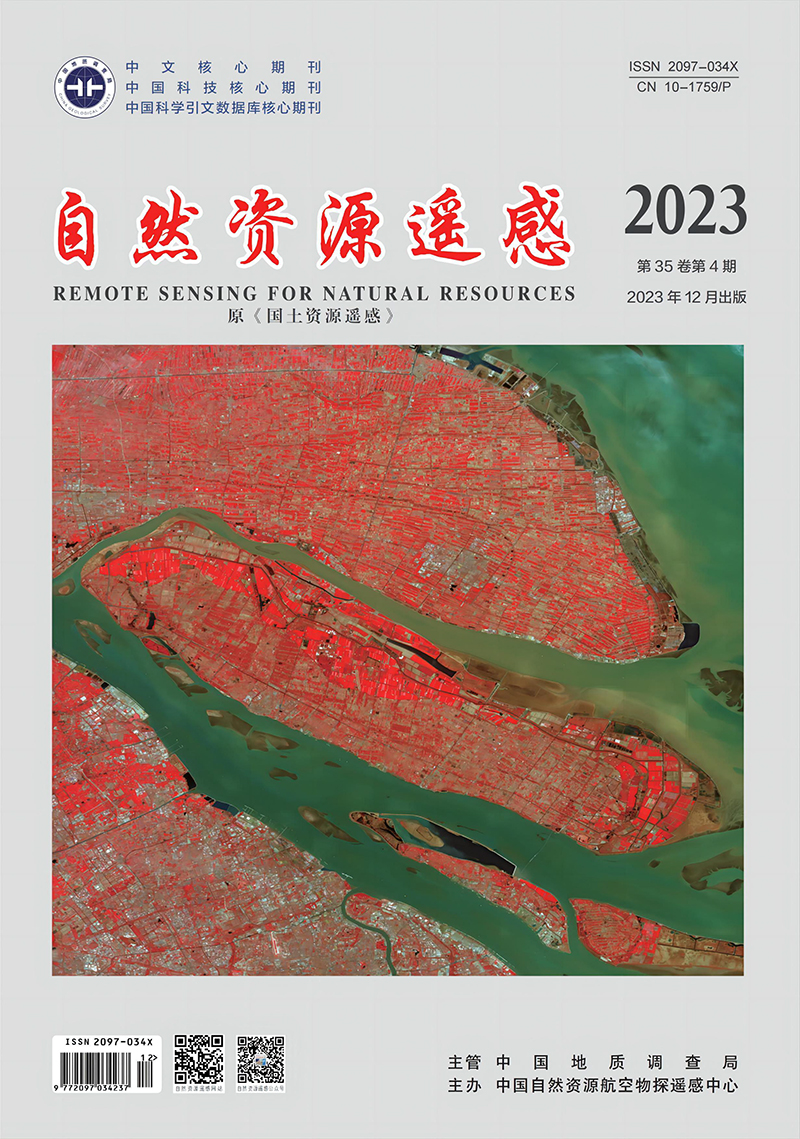CAO Delong, LIN Zhen, TANG Tingyuan, LI Chuyu, WANG Xiaorui. 2023. Application of 3D-HRNet in Zhuhai-1 OHS hyperspectral images for natural resource monitoring and eco-environment analysis. Remote Sensing for Natural Resources, 35(4): 34-42. doi: 10.6046/zrzyyg.2022484
| Citation: |
CAO Delong, LIN Zhen, TANG Tingyuan, LI Chuyu, WANG Xiaorui. 2023. Application of 3D-HRNet in Zhuhai-1 OHS hyperspectral images for natural resource monitoring and eco-environment analysis. Remote Sensing for Natural Resources, 35(4): 34-42. doi: 10.6046/zrzyyg.2022484
|
Application of 3D-HRNet in Zhuhai-1 OHS hyperspectral images for natural resource monitoring and eco-environment analysis
-
1. Academy of Ecological Civilization, Beijing Forestry University, Beijing 100083, China
-
;2. Beijing Institute of Surveying and Mapping, Beijing 100038, China
More Information
-
Corresponding author:
LI Chuyu
-
Abstract
The combination of remote sensing and deep learning is efficient in the monitoring and evaluation of natural resources. Based on the comprehensive consideration of the characteristics of Zhuhai-1 OHS hyperspectral images, this study established the 3D-HRNet architecture by introducing the 3D convolutional module into the HRNet architecture and applied it to the semantic segmentation model for natural resources survey and monitoring. Using remote sensing images, this study established an ecological index (EI) evaluation model by calculating the species richness index, vegetation index, water network density index, land stress index, pollution load index, and environmental regulation index. Then, the model was employed to monitor and evaluate the natural resources in partial areas in the northern part of Beijing. The results show that: ① when being used to extract the natural resources, the 3D-HRNet model yielded average overall accuracy, a F1 score, and a Kappa coefficient of 0.83, 0.83, and 0.73, respectively, which were 0.04, 0.04, and 0.06 higher than those of the HRNet model, and 0.04, 0.05 and 0.06 higher than those of 3D-CNN model, respectively. This suggests that the 3D-HRNet model can extract natural resources from hyperspectral images more effectively than the HRNet model. In other words, the 3D convolutional module can utilize the inter-hyperspectral features to extract information more effectively; ② The eco-environment of partial areas in north Beijing in 2020 was evaluated using the EI evaluation model, with an average EI value of 68.2. This reflects a good ecological state in the study area, highly consistent with the conclusion of the Report on the State of the Ecology and Environment in Beijing, demonstrating the feasibility of remote sensing for ecological assessment. Therefore, this study provides an innovative method for the spatio-temporal analysis of the regional ecological state.
-

-
-
Access History







 DownLoad:
DownLoad: